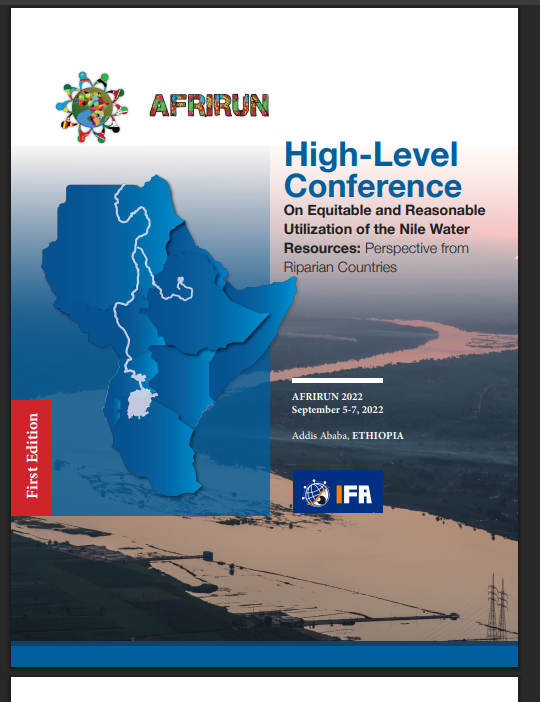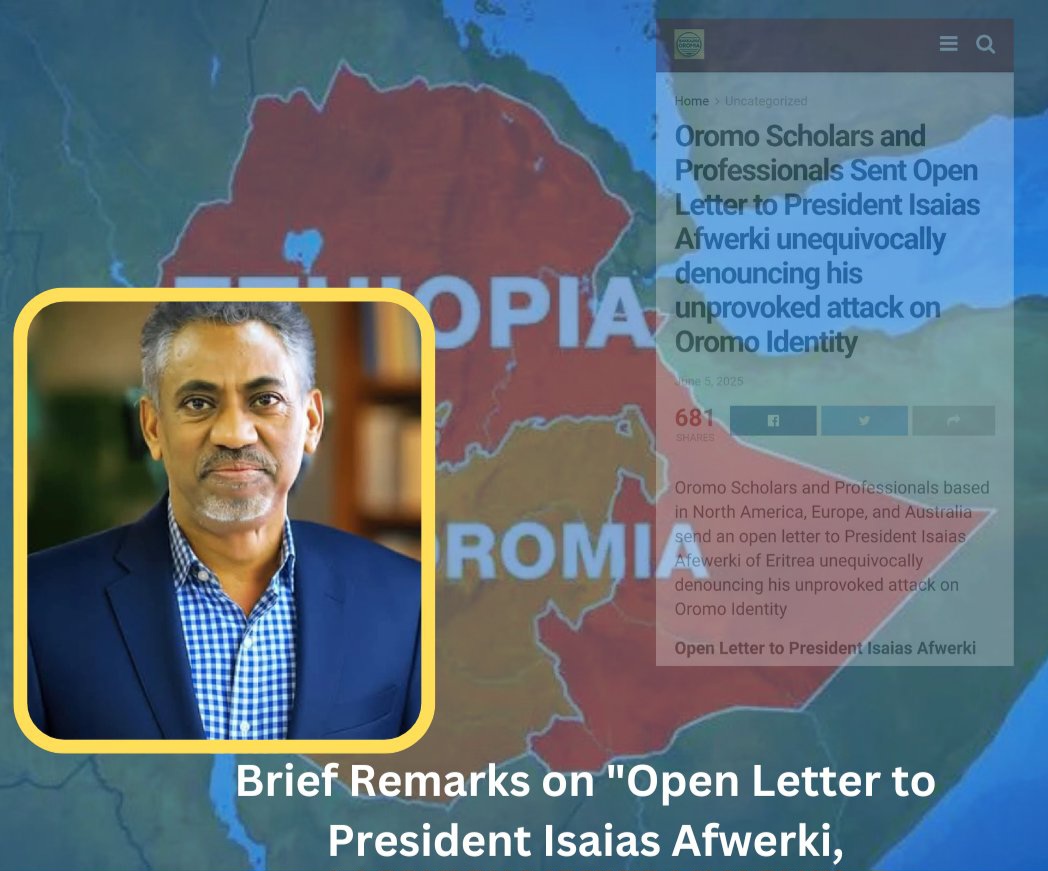Mekelle/Tel Aviv/Nairobi/Pretoria/London
Geostrategy & Intelligence Briefing
Eritrea, Ethiopia, and the Risk of Interstate War
(Updated October 5, 2025)
By Horn of Africa Geopolitical Review
Executive Snapshot
On 2 October 2025, The Economist published a feature describing Eritrea Africa’s most secretive dictatorship under President Isaias Afwerki as facing an “existential crisis.” The regime interprets Ethiopia’s renewed ambitions for Red Sea access as a direct threat to its sovereignty.
This assessment comes amid months of escalating tension: Eritrea’s nationwide mobilization, Ethiopia’s port negotiations with Somaliland and Somalia, and heightened regional involvement by Egypt, Gulf states, and others. The Horn of Africa is thus entering a volatile phase where limited incidents could trigger uncontrolled escalation.
Strategic Significance
Eritrea’s ruling elite equates maritime sovereignty with national survival. Any Ethiopian attempt to secure a seaport outside Djibouti is framed in Asmara as existential. This perception increases the risk of militarized responses from escalatory rhetoric to border clashes even when diplomatic options exist.
For Ethiopia, regaining seaport access is not optional but a strategic imperative tied to its economic future, naval ambitions, and national identity. These conflicting logics create conditions reminiscent of the “Thucydides Trap” dynamic, where structural tensions push rivals toward war.
Key Drivers and Accelerants
- Ethiopia’s Strategic Imperative for a Seaport
Addis Ababa’s rapid economic growth and planned naval expansion intensify demands for maritime access.
Port negotiations with Somaliland, commercial investments, and technical talks with Somalia have raised alarms in Cairo and Asmara.
Mediation attempts have struggled to contain the zero-sum framing of these moves.
- Eritrea’s Internal Dynamics and Militarization
Eritrea remains a garrison state, enforcing indefinite national service.
Economic stagnation and mass emigration weaken legitimacy, incentivizing the regime to externalize threats and mobilize militarily.
Crisis rhetoric is not only defensive but also a survival tool for regime cohesion.
- Ethiopia’s Internal Fragmentation
Unresolved Tigray questions, federal–regional tensions, and insurgencies complicate Ethiopian decision-making.
Tigrayan units and other armed groups could act autonomously, multiplying escalation pathways.
- External Patronage and Regional Fault-lines
Gulf powers (UAE, Saudi Arabia), Egypt, Turkey, and Israel hold competing interests in ports, naval access, and trade lanes.
Their involvement risks rapid internationalization of any Eritrea–Ethiopia clash.
Indicators to Watch (Near-Term Intelligence)
Force posture: troop redeployments along the Eritrea–Ethiopia border, Eritrean mobilization orders, and Ethiopian forward deployments.
Maritime/port deals: MOUs with Somaliland or Somalia that include naval or security clauses.
Diplomatic signals: hardening rhetoric, recalled envoys, or AU/UN emergency consultations.
Information operations: escalatory propaganda aimed at diaspora and domestic populations.
Scenario Mapping (Short–Medium Term)
- Most Likely – Escalatory Skirmishes (Weeks–Months)
Localized clashes, artillery strikes, or raids without full-scale war. Consequences: refugee flows, degraded trade routes, heightened mistrust. - Plausible – Proxy or Irregular Conflict (Months)
Eritrea and Ethiopia rely on proxies, militias, or irregular units (e.g., Tigrayan groups). Creates a drawn-out, destabilizing “hybrid war.” - Lower Probability but Catastrophic – Conventional Interstate War (Months)
Full mobilization and direct invasion/retaliation. Consequences: severe humanitarian crisis, Red Sea shipping disruption, forced global intervention.
Humanitarian & Economic Impacts
Displacement: New refugee flows into Sudan, Somalia, and internal displacement in Tigray/northern Ethiopia.
Red Sea chokepoints: Conflict could destabilize shipping insurance rates and global maritime trade.
Human rights: Past atrocities in Tigray highlight risks of mass abuses repeating in a new conflict environment.
Intelligence Gaps
Eritrean military readiness and sustainment capacity.
Ethiopian red lines for escalation versus restraint.
Classified clauses in Ethiopia’s port agreements with Somaliland or Somalia.
Policy Prescriptions
- Immediate AU/UN De-escalation Channel
Launch African-led mediation producing a non-aggression communiqué and verification mechanisms.
- Transparency in Port/Defense Agreements
Condition international support for Ethiopian port projects on guarantees of civilian use and no foreign basing rights.
- Humanitarian Contingency Planning
Pre-position relief resources with UN/NGOs to manage displacement and food insecurity.
- Regional Intelligence Fusion Cell
Establish an AU-led joint monitoring platform for force movements, SIGINT, and maritime activity, shared daily with capitals.
- Engagement with External Patrons
Persuade UAE, Egypt, and Turkey to moderate transactional military deals in favor of stability.
Messaging Framework
Economic framing: stress the shared costs of war — lost trade, disrupted investment.
Legal framing: emphasize international law — sovereignty, non-aggression, lawful transit.
Transparency framing: publicize “no-basing” clauses in port agreements to reduce escalatory perceptions.
Bottom Line
Eritrea’s existential rhetoric, Ethiopia’s seaport imperative, unresolved Ethiopian internal fractures, and Gulf/Egyptian involvement create a volatile strategic mix. Limited incidents could spiral into uncontrolled escalation.
Preventive diplomacy, transparency on port access, and urgent humanitarian preparedness are the highest-value interventions to prevent this “inevitable war” from becoming reality.
Editorial Note & References
This analysis integrates reporting from The Economist (“Africa’s most secretive dictatorship faces an existential crisis,” 2 October 2025) and cross-references open-source intelligence from Reuters, The Guardian, and regional think tanks. Direct quotations from copyrighted sources are avoided; key arguments are paraphrased and expanded for analytical purposes.





